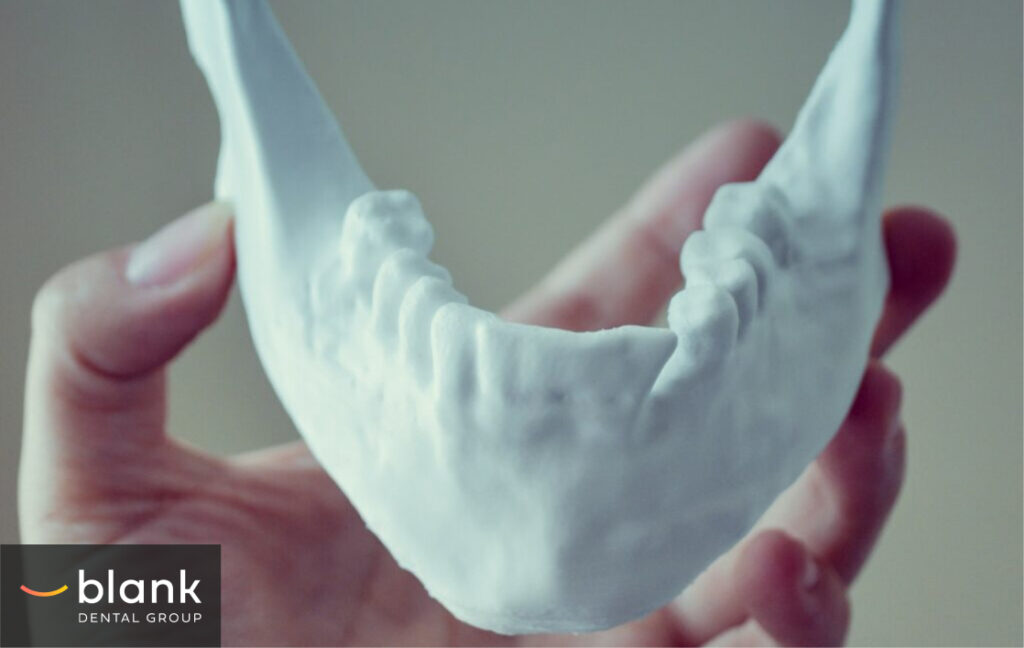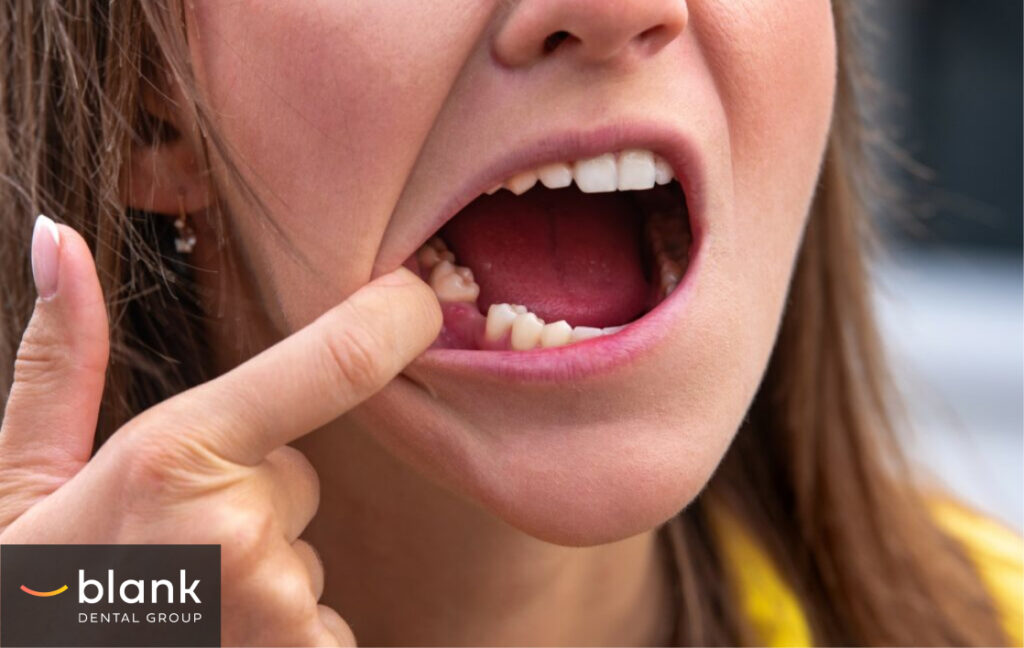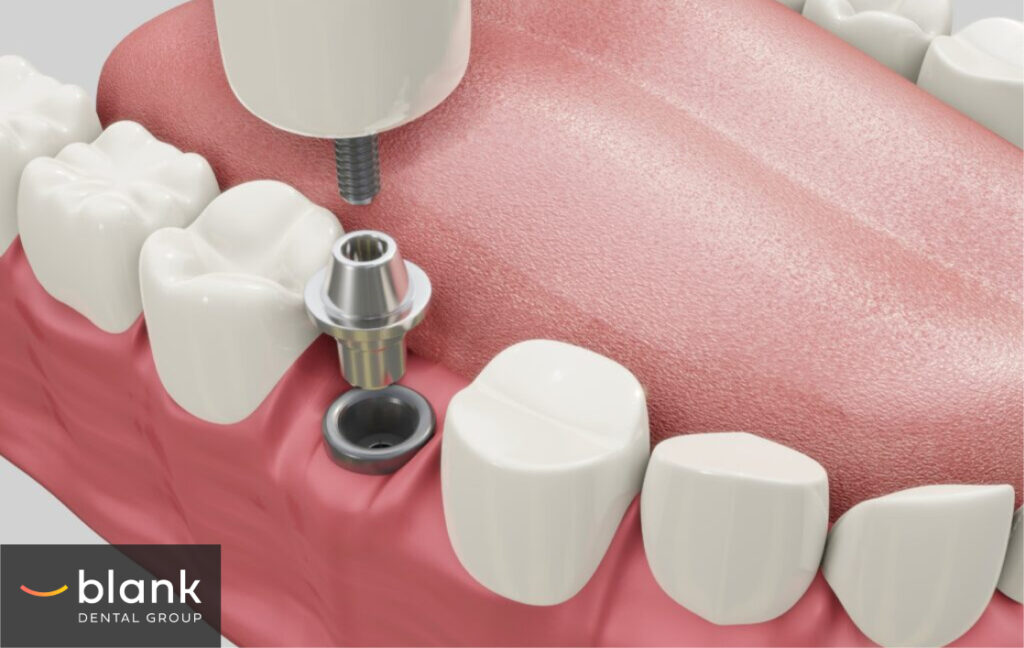Missing teeth don’t just affect your smile—they trigger a cascade of changes that can permanently alter your jawbone health and facial structure. Understanding the vital connection between dental implants and jawbone preservation is crucial for anyone considering tooth replacement options.
Luckily, dental implants offer a unique solution that not only replaces missing teeth but actively maintains the strength and integrity of your jawbone through a remarkable biological process called osseointegration.

Understanding Your Jawbone’s Natural State
Your jawbone is a living tissue that continuously remodels itself in response to daily forces and stimulation. Its structure consists of a strong outer layer (cortical bone) and an inner honeycomb network (trabecular bone) that contains blood vessels, nerves, and bone marrow, creating a lightweight yet robust architecture.
Natural teeth are essential partners in maintaining bone density. Each tooth root connects to the jawbone through the periodontal ligament, a network of fibers that transfers the forces of chewing and biting into the bone. This regular stimulation is crucial for bone health, as it triggers a continuous cycle of regeneration where specialized cells create new bone tissue while removing old tissue.
Think of your tooth roots as natural exercise equipment for your jawbone. Every bite and chew creates thousands of small pressures that tell your bone to stay active and maintain its strength. Just as muscles need regular movement to stay strong, your jawbone needs this constant stimulation to preserve its density.
When teeth are missing, this vital stimulation disappears, leading to bone deterioration (resorption). This doesn’t just affect the immediate area; it can also compromise neighboring teeth, alter bite alignment, and even change facial appearance over time.
This natural relationship between teeth and jawbone health helps explain why proper tooth replacement is crucial for maintaining not just your smile but the underlying foundation of your oral health.

Bone Loss After Tooth Loss
When a tooth is lost, a silent but significant process of bone deterioration begins immediately. Yes, the gap in your smile is evident, but it’s also the start of a cascade of changes that affect both your oral health and facial appearance.
The Rapid Timeline of Deterioration
In the first year after tooth loss, your jawbone can lose up to 25% of its width. The most dramatic changes occur in the first three months, where you’ll experience about 30-50% of the total bone loss. The process continues, though more slowly, and may reach up to 80% loss in bone height over the next three years.
Without intervention, this bone loss continues indefinitely, though at a slower rate.
Hidden Changes Beneath the Surface
Initially, you might notice the sunken appearance where your tooth once was. But beneath the surface, more significant changes are occurring. The bone loss creates a domino effect—as one area deteriorates, neighboring regions become vulnerable. The jawbone doesn’t just get smaller; it actually changes shape, affecting the stability of surrounding teeth and altering your bite dynamics.
Changes in Your Appearance
These changes eventually manifest in visible alterations to your facial structure. The distance between your nose and chin decreases, while your lips may appear thinner and more wrinkled. The corners of your mouth might droop, and your chin becomes more pointed. Many people develop jowls along their jawline, adding years to their appearance and significantly affecting their facial profile.
A Chain Reaction of Oral Health Issues
The consequences extend beyond aesthetics into serious oral health complications. As the bone continues to deteriorate, remaining teeth often shift, creating new gaps and bite problems. This shift increases the risk of tooth decay and gum disease in surrounding teeth.
Many people find it increasingly difficult to wear conventional dentures comfortably. The ongoing bone loss can also compromise your ability to get dental implants later without requiring bone grafting. Additionally, you may experience jaw joint problems and face a greater likelihood of losing more teeth.
The good news is that modern dentistry—dental implants—offers solutions to prevent this cascade of effects. The key is early intervention—the sooner you address tooth loss, the better chance you have of preserving your natural bone structure and preventing these complications.

How Dental Implants Preserve Jawbone Health
When a dental implant is placed, it triggers osseointegration, a natural process in which the jawbone recognizes and fuses with the implant’s titanium surface. The implant’s microscopic texture creates an ideal environment for bone cells to attach and grow, forming a permanent bond comparable to a natural tooth root.
Like natural teeth, implants transfer chewing forces into your jawbone, providing essential stimulation that prevents bone loss. Their threaded design ensures optimal force distribution and creates a maximum surface area for bone attachment. This mechanical stimulation signals your body to maintain healthy bone density in the jaw.
The biological fusion process begins immediately after implant placement. Specialized bone cells called osteoblasts migrate to the implant’s surface and deposit new bone material. Blood vessels develop to supply nutrients, and the bone gradually mineralizes around the implant, creating an increasingly strong structural connection.
The healing timeline is predictable and systematic. Initial healing occurs in the first few weeks as new bone cells colonize the implant surface. By week six, significant bone formation is underway. Around three months, the initial fusion is complete, though the bone continues to remodel and strengthen. By six months, the implant is fully integrated, creating a stable foundation that can last a lifetime with proper care.
This fusion of modern dental technology with your body’s natural healing abilities makes implants uniquely effective at preserving jawbone health while providing a permanent solution for missing teeth.

Benefits Beyond Bone Health
Dental implants restore natural chewing power, allowing you to bite and grind food with the same force as natural teeth. This means no food restrictions and improved digestion through proper chewing. Unlike dentures, which provide only 25% of natural chewing force, implants deliver nearly 100% efficiency.
Your facial features rely on proper dental support to maintain their natural position. Implants prevent the sunken appearance often associated with missing teeth by supporting your cheeks and lips from within. They maintain proper lip support, cheek fullness, and facial proportions, helping preserve a youthful appearance.
When a tooth is missing, adjacent teeth naturally drift toward the empty space. Implants act as space maintainers, preventing this unwanted movement. This preserves your bite alignment and helps avoid the complications of crooked teeth, such as uneven wear, jaw joint problems, and increased cavity risk.
The long-term advantages extend throughout your mouth. Implants eliminate the need to modify healthy adjacent teeth, as required with traditional bridges. They reduce stress on remaining natural teeth by properly distributing bite forces.
Maintaining proper spacing and alignment, implants help prevent gum disease, tooth decay, and bite-related headaches while promoting overall oral health stability.

Who Is a Good Candidate for Dental Implants?
Determining if you’re a good candidate for dental implants requires evaluating several key factors. Your dentist will conduct a thorough assessment of your oral and overall health to ensure the best possible outcome.
Bone Requirements
Successful implants require adequate bone volume and density. Your jawbone must be at least 3mm wide and 10mm high to support an implant. If bone quality is insufficient, grafting procedures can build up the necessary foundation. Your dentist will measure bone density using the Hounsfield scale—readings above 400 units typically indicate sufficient density.
Health Considerations
Medical conditions that affect bone healing can impact implant success. Uncontrolled diabetes slows healing and increases the risk of infection. Severe osteoporosis weakens bone structure. Autoimmune disorders and radiation therapy to the jaw area may complicate healing. Blood disorders, current chemotherapy, and heavy smoking can also affect osseointegration. Can smokers get dental implants despite these risks? While possible, smokers face higher failure rates and may need to take extra precautions for successful healing.
Age Factors
There’s no upper age limit for implants if overall health is good. However, implants aren’t recommended until jaw growth is complete—typically age 18 for women and 21 for men. Senior patients may need more comprehensive health evaluations before proceeding with treatment.
Lifestyle Impact
Smoking significantly reduces implant success rates by limiting blood flow and healing. Heavy alcohol consumption affects bone metabolism. Good oral hygiene habits are essential—patients must commit to regular brushing, flossing, and dental visits. Grinding teeth or clenching habits require additional protective measures. High-impact sports participants should discuss protective equipment with their dentist.
Preserving Your Jawbone Health: The Power of Dental Implants
The intricate connection between dental implants and jawbone health demonstrates why they’ve become the gold standard for tooth replacement. By mimicking natural tooth roots through osseointegration, implants actively maintain bone density while providing optimal chewing function and facial aesthetics.
Whether you’re facing tooth loss or already experiencing bone deterioration, dental implants offer a scientifically proven solution for preserving your oral health and natural appearance.







